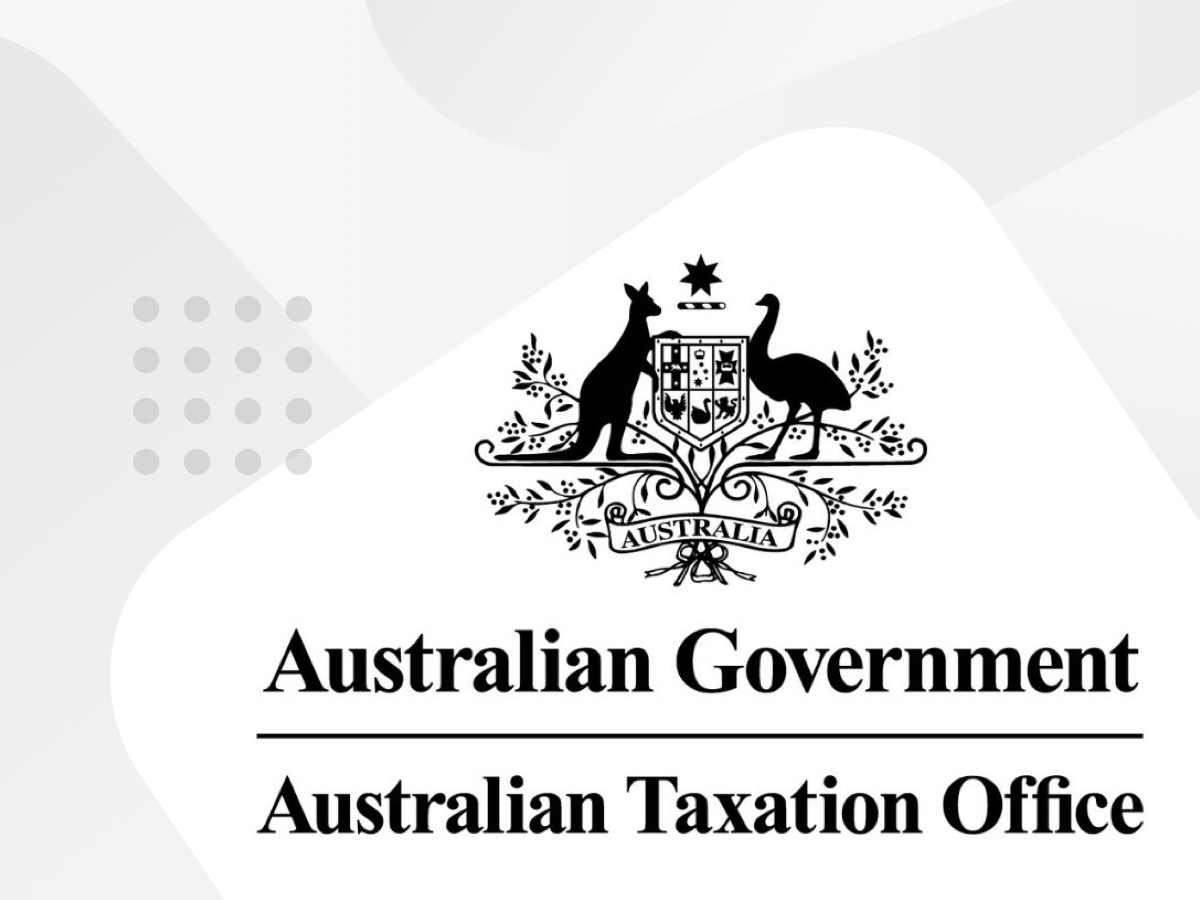The ATO has been increasing its rate of public disclosure of outstanding tax debts from Australian businesses as it seeks to collect the more than $34 billion owed to it by SMEs.
This FAQ will help you understand why the ATO is publicly disclosing tax debts, how it does it and how you can avoid it.
The introduction of the Disclosure of Business Tax Debts legislation in 2022 was intended to bring greater transparency to the ATO’s debt management. The legislation serves several purposes:
- Visibility: Overdue tax debts are made more visible to support informed decision-making within the business community.
- Engagement: Taxpayers are motivated to engage more with the ATO for effective debt management.
- Fairness: The legislation reduces the advantage enjoyed by businesses that do not meet their tax obligations on time.
Under the Disclosure of Business Tax Debt measure, the ATO may disclose tax debt information to credit reporting bureaus under specific conditions, some of which include:
- When a business is not engaging effectively with the ATO and has not responded within 28 days of a Notice to Disclose being received.
- Has one or more tax debts at least $100,000 that are overdue by more than 90 days.
- Has an ABN and isn’t an excluded entity.
- The business doesn’t have an active complaint with the Inspector-General of Taxation and Ombudsmen about the proposed reporting of the tax debt information.
Yes. This includes unincorporated such as sole traders, trust and partnerships. To date, more than 50% of tax defaults have been registered against unincorporated entities.
CreditorWatch customers can find them within credit reports and will also receive alerts when an entity you are monitoring has a tax default registered against it.
Effective engagement extends beyond mere contact and involves achieving outcomes that substantially address tax debt. Active payment arrangements, debt release applications, and pending taxation decisions to which the debt relates (there is an active objection, review with the Administrative Appeals Tribunal (AAT), or appeal to the court) are all considered indicative of effective engagement.
Every business that meets the criteria for disclosure will automatically receive a formal Notice of Intent to Disclose from the ATO as soon as they become eligible.
For those businesses that don’t act upon the notice, the ATO will progressively disclose their information, which will be incorporated into their credit scores and credit rating reports by credit reporting bureaus, to be removed when the companies’ debts no longer meet the criteria for disclosure.
Details disclosed include ABNs, legal status, business names, entity types and overdue tax debt amounts. Credit reporting bureaus that have registered with the ATO and signed a Deed of Agreement and adhere to established standards, such as CreditorWatch, receive tax debt default records for reporting.
The ATO sends updated records of outstanding tax debts to credit reporting bureaus on a weekly basis.
When the updated records are sent the credit reporting bureaus on a weekly basis, the records of those companies that no longer meet the criteria for disclosure are automatically expunged from the companies’ credit files.
In cases where engagement and cooperation are lacking, the ATO can employ a set of firmer actions to address escalating tax debt situations. These actions can include garnishee notices and director penalty notices.
In some matters, and generally when all avenues of engagement have been exhausted, the ATO may resort to actions such as winding up and bankruptcy. The ATO notes that while it is often a major creditor in corporate insolvencies, and sometimes the only creditor, it is rarely an initiator of insolvency appointments. Most corporate insolvencies are initiated by the company directors or other creditors.

Get started with CreditorWatch today
Take your credit management to the next level with a 14-day free trial.

